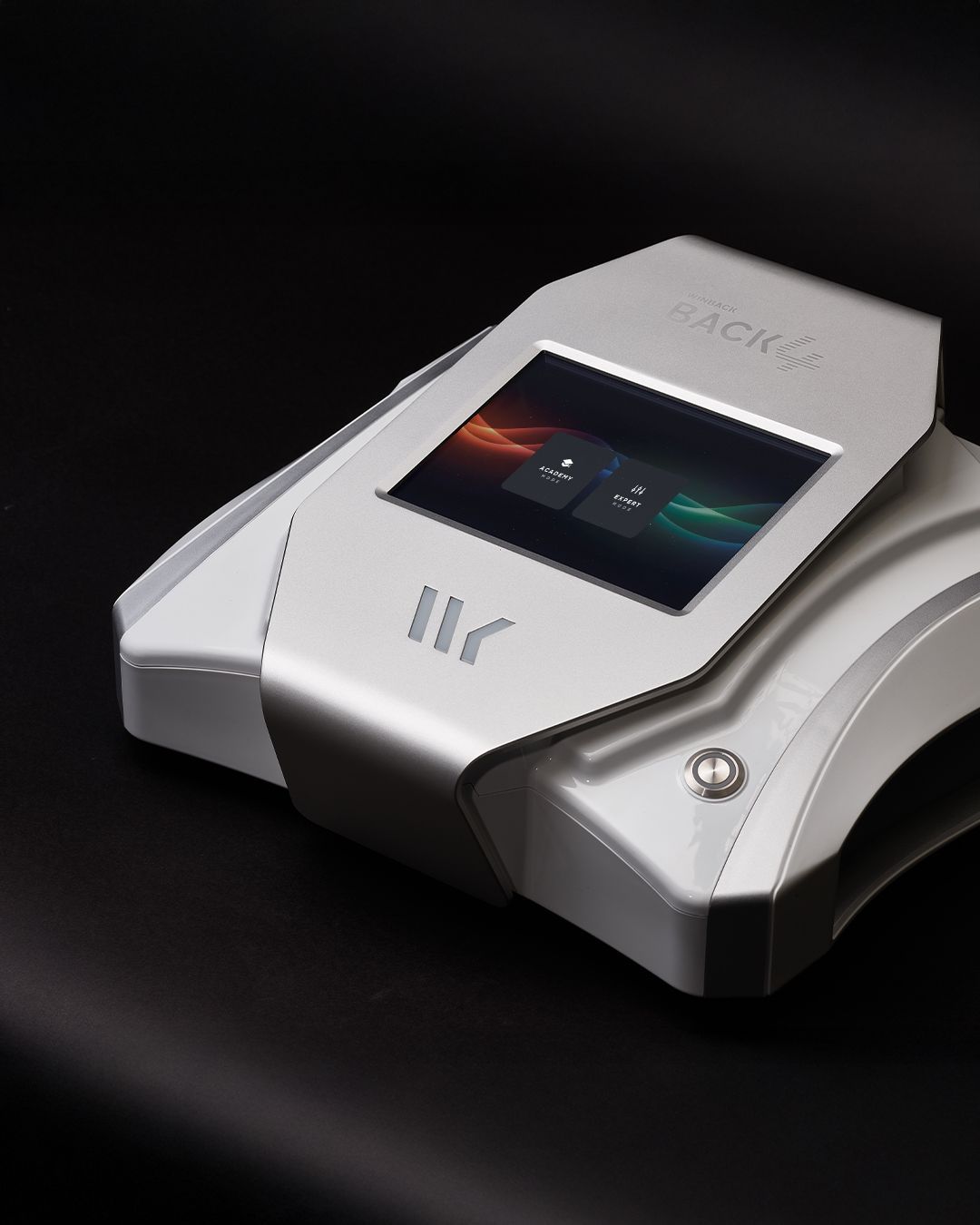A leg length discrepancy (LLD)—even as minor as a few millimetres—can trigger significant muscular imbalances. Over time, this asymmetry often leads to chronic pain, faulty movement patterns, and postural stress. While corrective footwear or orthotics may be part of a management plan, massage therapy plays a vital role in rebalancing the tension this condition creates across the musculoskeletal system.
At Muscle Therapy By Tom, hands-on soft tissue correction is used to realign muscular tone, reduce compensatory strain, and improve movement quality—particularly for clients dealing with functional or structural leg length imbalances.
Understanding Leg Length Discrepancy
There are two primary types of LLD:
Structural Leg Length Discrepancy – Caused by an actual difference in bone length, often due to genetics, surgery, fractures, or growth plate issues.
Functional Leg Length Discrepancy – A result of muscle imbalances, pelvic misalignment, or postural habits that give the appearance of unequal leg length without actual skeletal differences.
Both types lead to altered gait mechanics and uneven load distribution, creating excessive tension on one side of the body while forcing the opposite side to compensate.
Common symptoms:
Low back pain (especially unilateral)
Hip or SI joint discomfort
Knee tracking problems
Iliotibial band tightness
Frequent muscle fatigue on one side
Asymmetric posture and shoulder alignment
The Role of Massage in Rebalancing Muscle Tension
Rather than addressing bone alignment directly, massage therapy focuses on balancing soft tissue tension, which often provides immediate and long-lasting relief.
1. Releasing Compensatory Tightness
When one leg is longer—structurally or functionally—muscles like the quadratus lumborum, erector spinae, gluteus medius, and adductors may contract more to stabilise posture. Over time, these muscles develop chronic tension.
Massage therapy:
Releases tension in overused stabilisers
Reduces myofascial adhesions along the lumbar spine and hips
Eases pressure on the shorter leg’s lower back and the longer leg’s hip stabilisers
2. Improving Pelvic Alignment
LLD often tilts or rotates the pelvis. Even if subtle, this change alters how force transfers during walking or running. A massage therapist trained in postural assessment can:
Use soft tissue release on muscles pulling the pelvis out of position
Reduce fascial tightness in the iliopsoas, TFL, hamstrings, and piriformis
Promote better pelvic neutrality to reduce perceived leg length difference
Tom incorporates neuromuscular techniques and active release to reset these muscular imbalances and reduce functional misalignment.
3. Stimulating Underused Muscles
Massage doesn’t just release tension—it also helps identify and stimulate weakened or underactive muscles. With LLD, some muscles don’t fire as efficiently due to altered biomechanics. By working through fascial restrictions and increasing blood flow, massage can:
Improve muscle function and proprioception
Restore symmetrical movement patterns
Support rehabilitation if paired with corrective exercises
Long-Term Benefits for LLD Clients
Pain Reduction: Addressing muscular strain helps reduce the secondary pain often experienced in the low back, knees, and hips.
Improved Gait Mechanics: Massage supports functional retraining of the gait cycle.
Better Load Distribution: By correcting soft tissue tension, massage helps reduce the impact asymmetries have on joints.
Postural Awareness: Clients begin to feel where imbalances lie and how to manage them.
Prevention of Secondary Injury: Treating asymmetry early reduces the risk of compensatory injuries.
Expert Soft Tissue Treatment for LLD in Slough
Muscle Therapy By Tom combines postural assessments, advanced massage techniques, and tailored treatment plans to address the muscular effects of leg length discrepancies—whether structural or functional.
Whether you’re a runner noticing hip discomfort, a desk worker with recurring lower back tightness, or someone dealing with pelvic tilt and gait issues, personalised soft tissue therapy can make a tangible difference.
📍 Based in The Gym Group Slough
🦵 Book a postural screening or muscle tension assessment today
🌐 Visit: www.muscletherapybytom.co.uk
📲 WhatsApp or call for appointments tailored to postural correction and LLD-related tension


